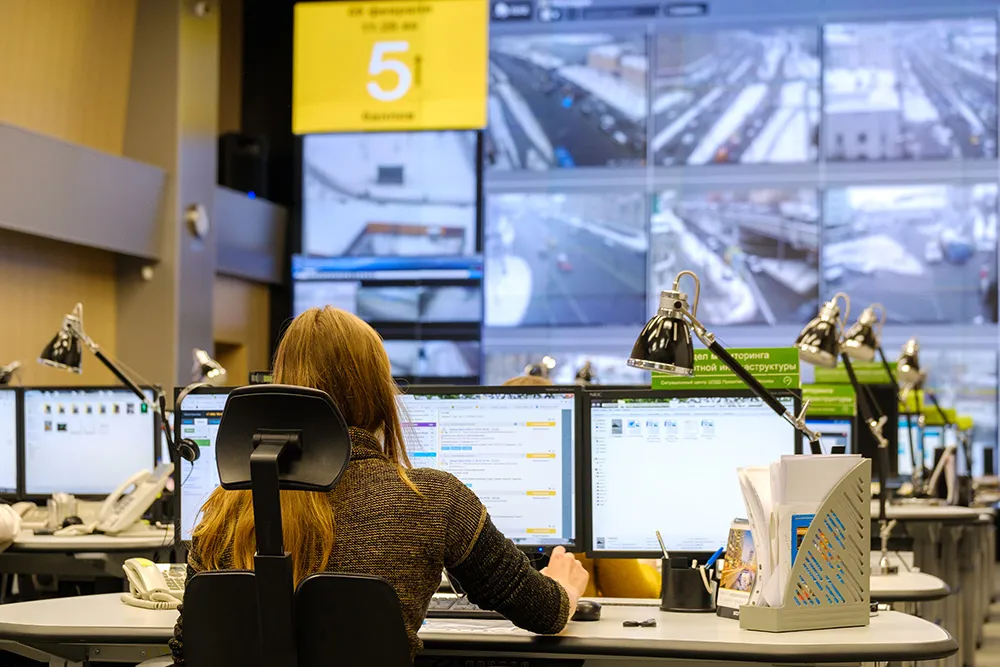GE Capital Fleet Services has concluded an agreement with Mobileye that will give GE’s truck fleet customers access to the Mobileye collision avoidance system. The only National Highway Traffic Safety Administration-compliant system, Mobileye enhances driver safety, helps to reduce the risk of collisions and helps improve Compliance, Safety and Accountability (CSA) scores. Mobileye notifies drivers of potential accidents by alerting them to impending collisions with cars, trucks, motorcyclists, bicyclists a
June 11, 2013
Read time: 2 mins
Mobileye notifies drivers of potential accidents by alerting them to impending collisions with cars, trucks, motorcyclists, bicyclists and pedestrians, when making an unintended lane departure, and when following the preceding vehicle too closely. In addition, Mobileye’s proprietary traffic sign recognition technology identifies posted speed limits in real-time and alerts drivers to speed limit violations, reducing the likelihood of speeding tickets. Mobileye also automatically controls high beams depending upon distance to preceding and oncoming traffic.
“We know that fleet managers are focused on both safety and their bottom line,” said Brad Hoffelt, senior vice president and general manager of products and services at GE Capital Fleet Services. “Enabling our customers to use Mobileye will help them keep collision-related costs down while building and maintaining safe driving habits.”










